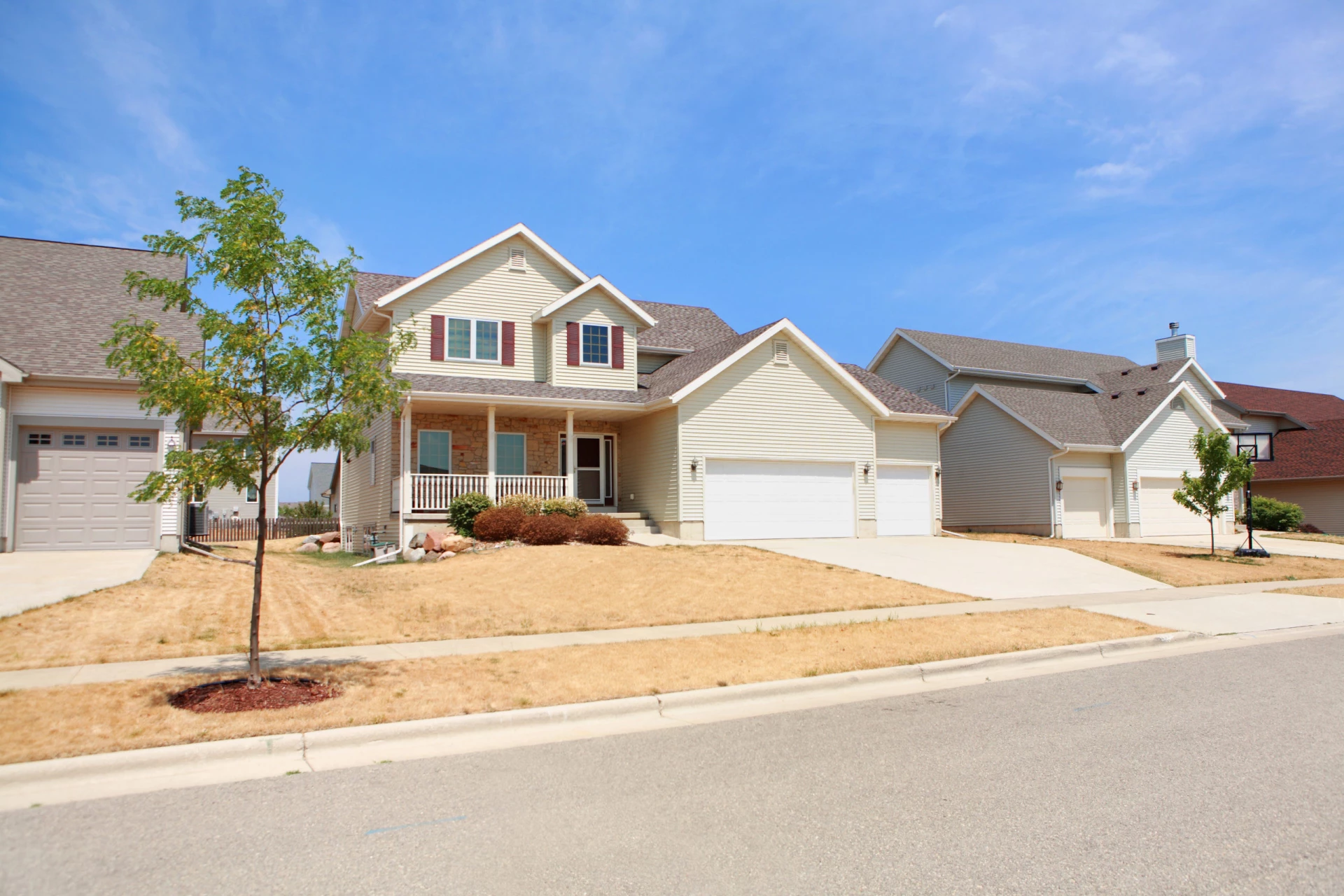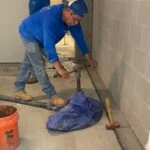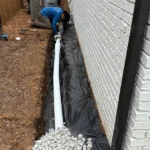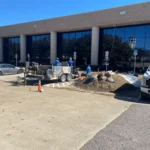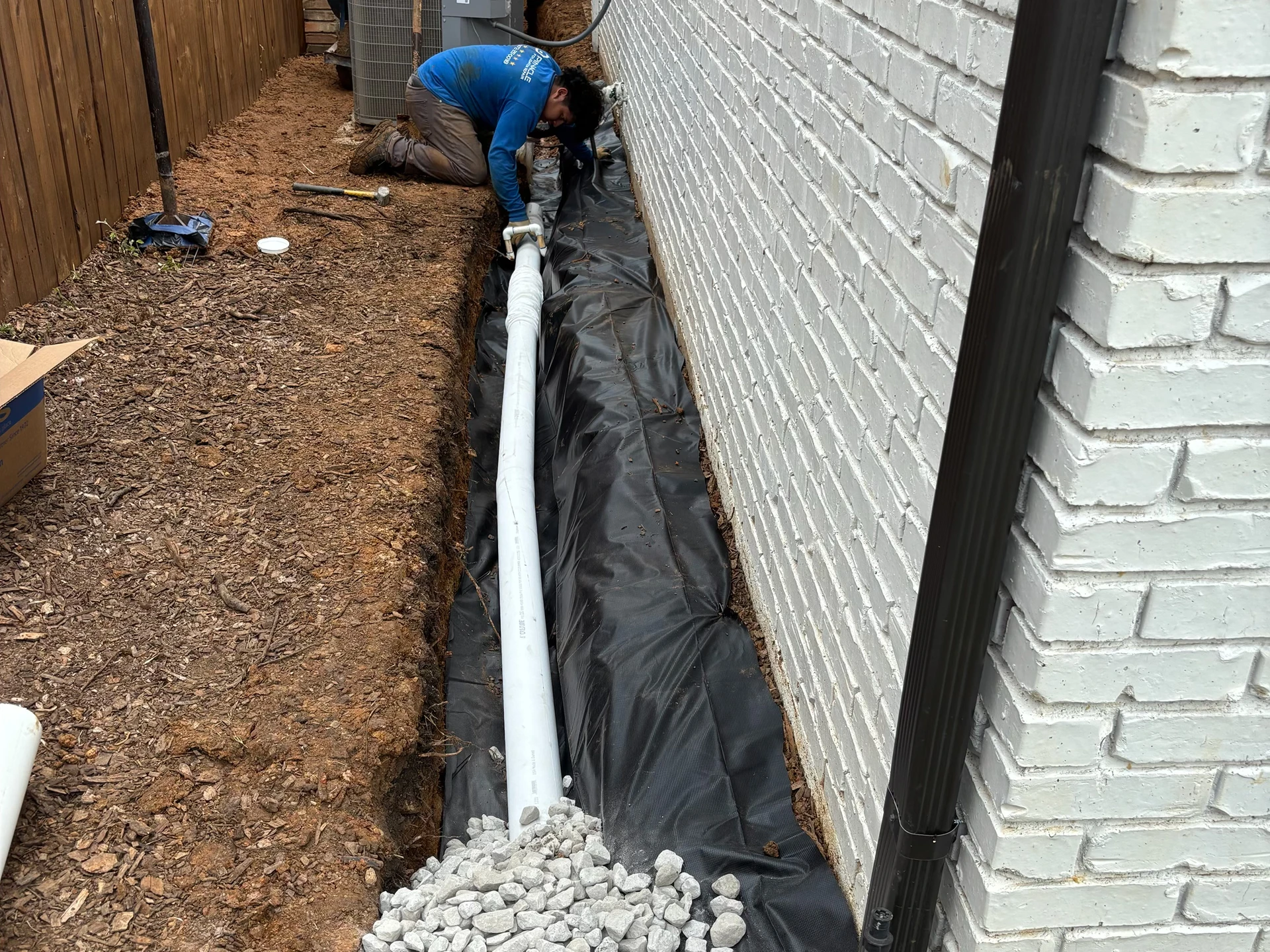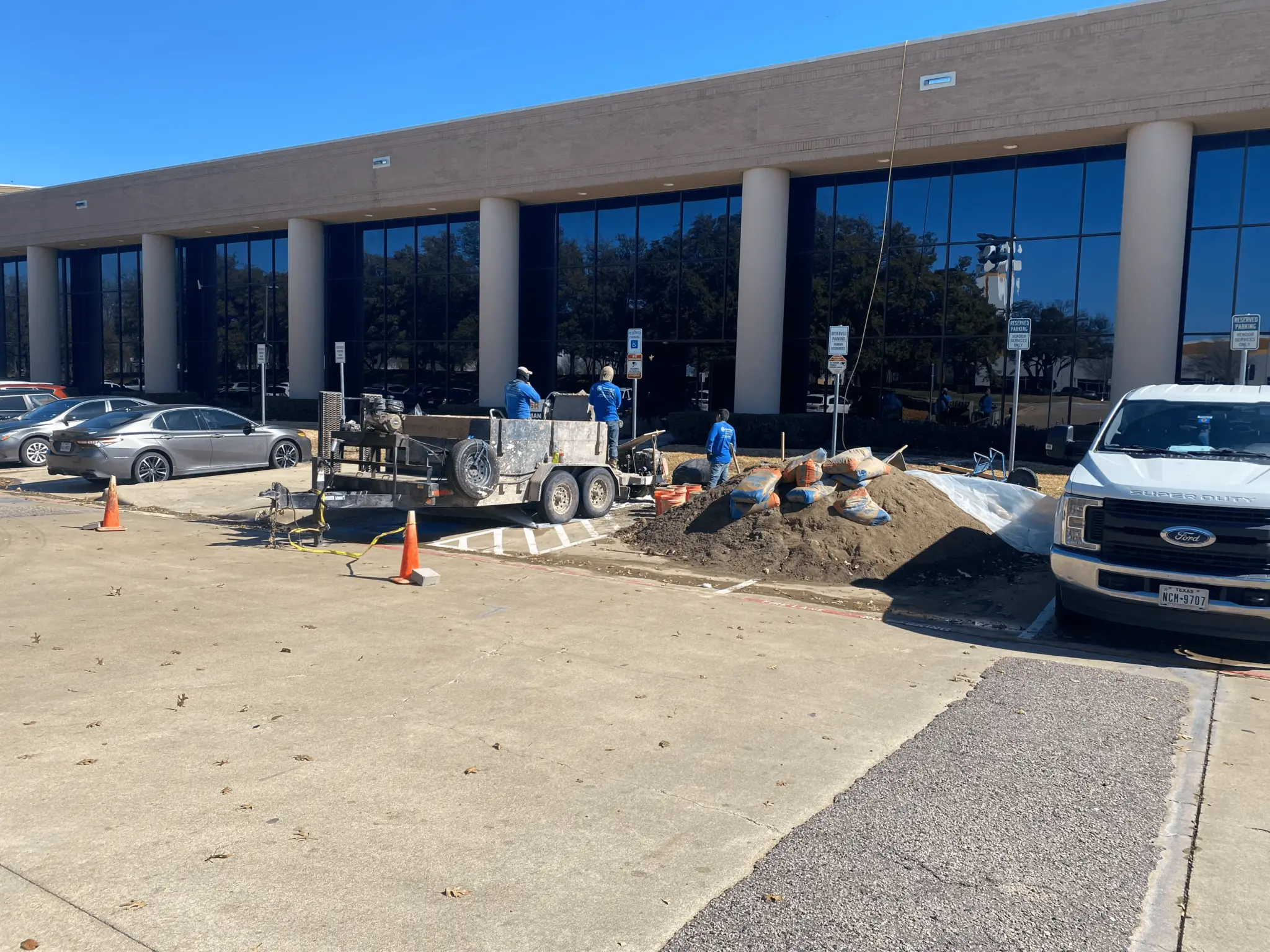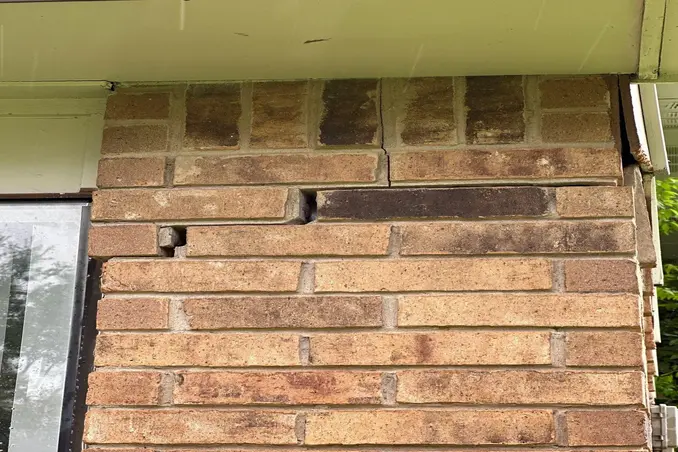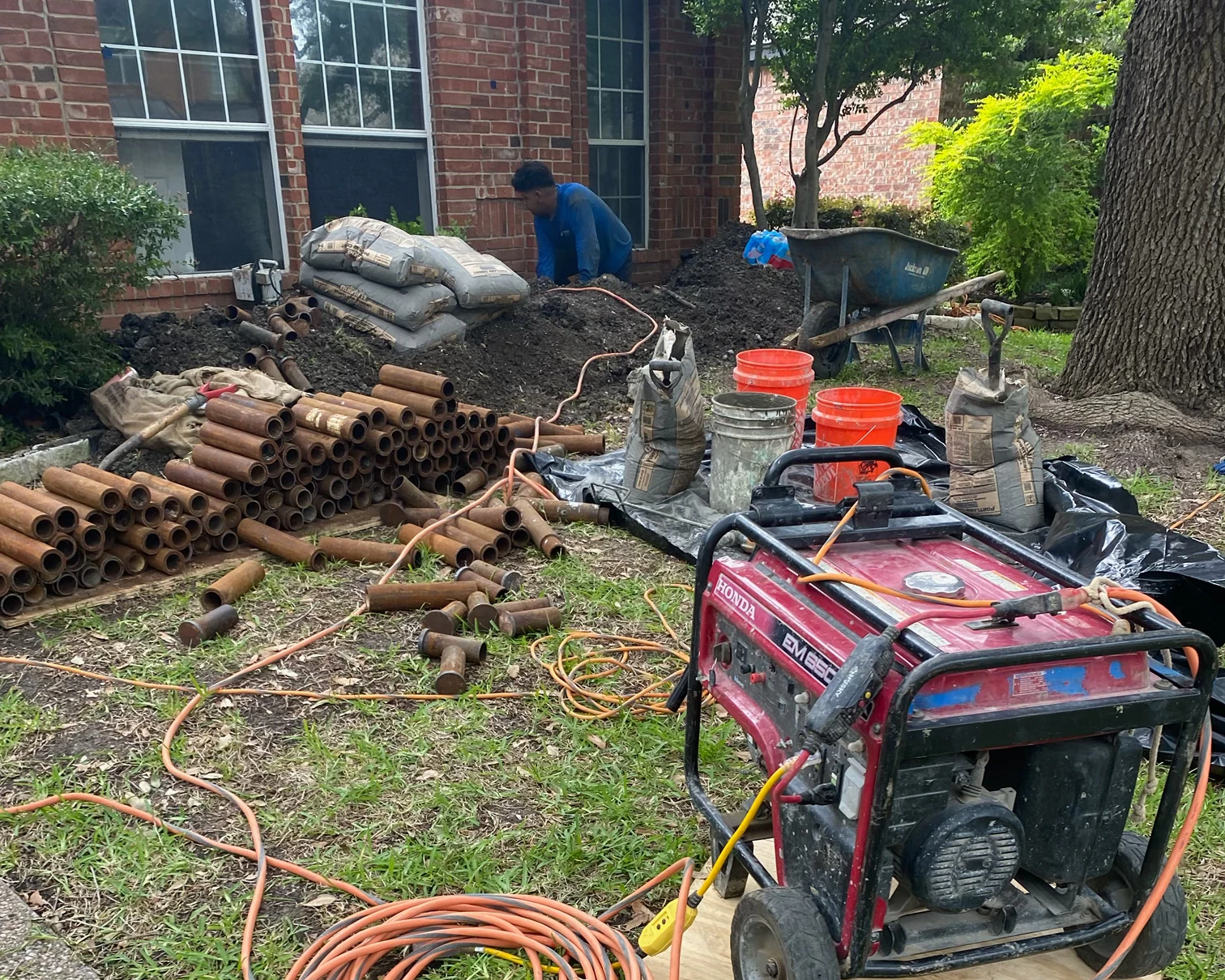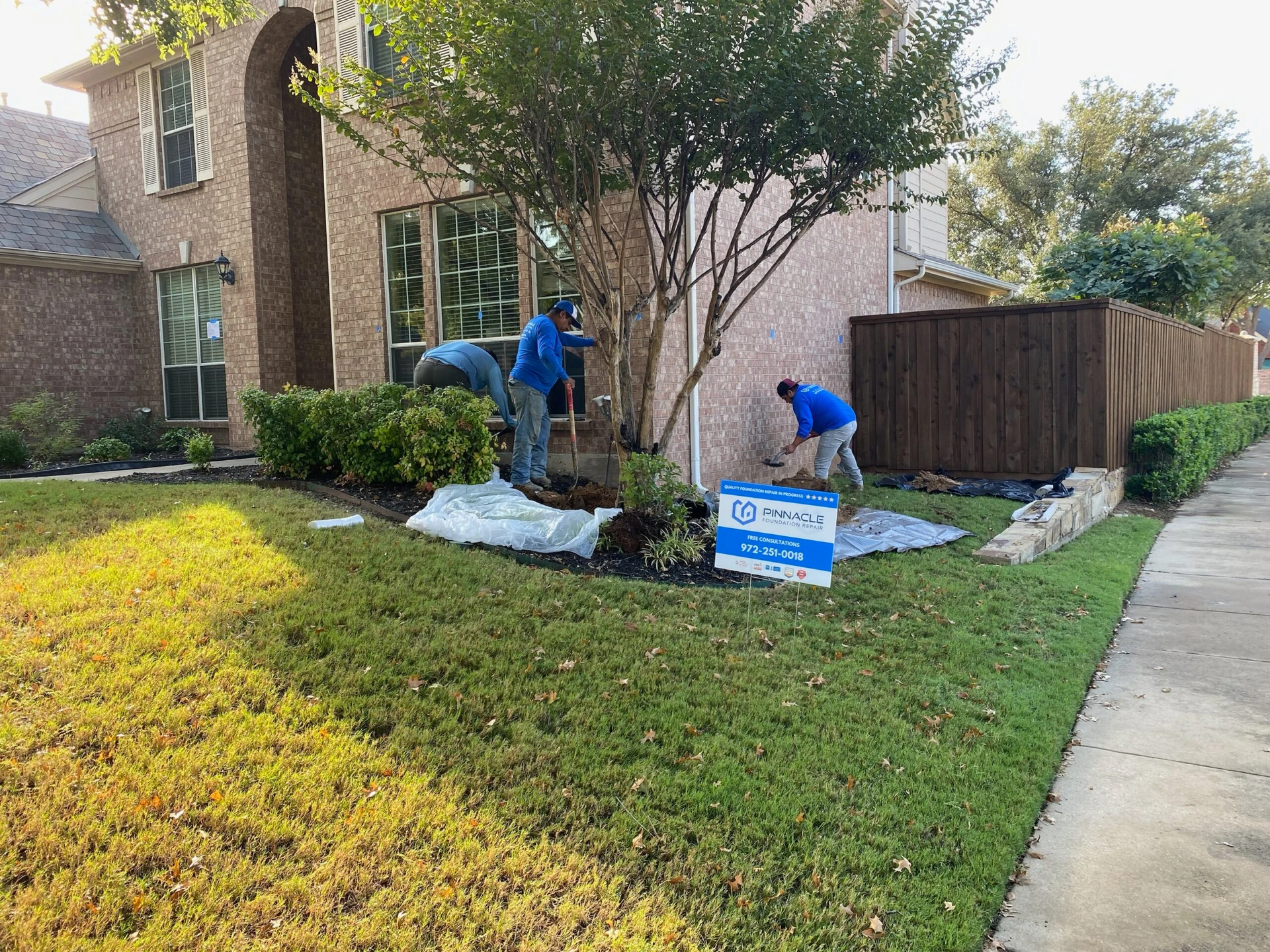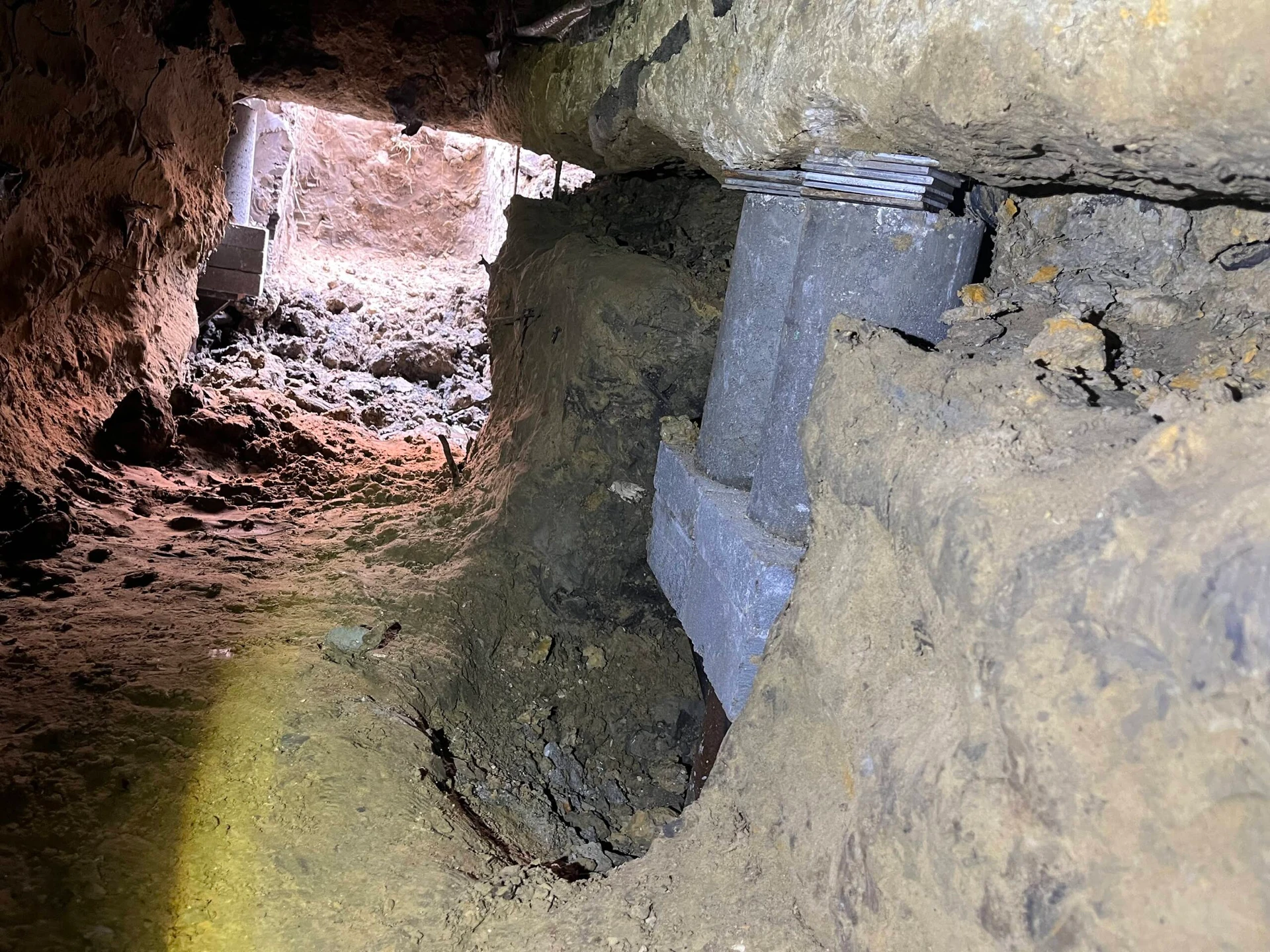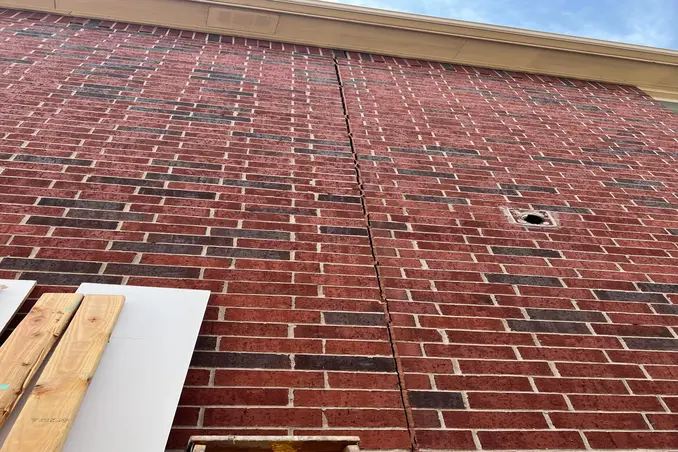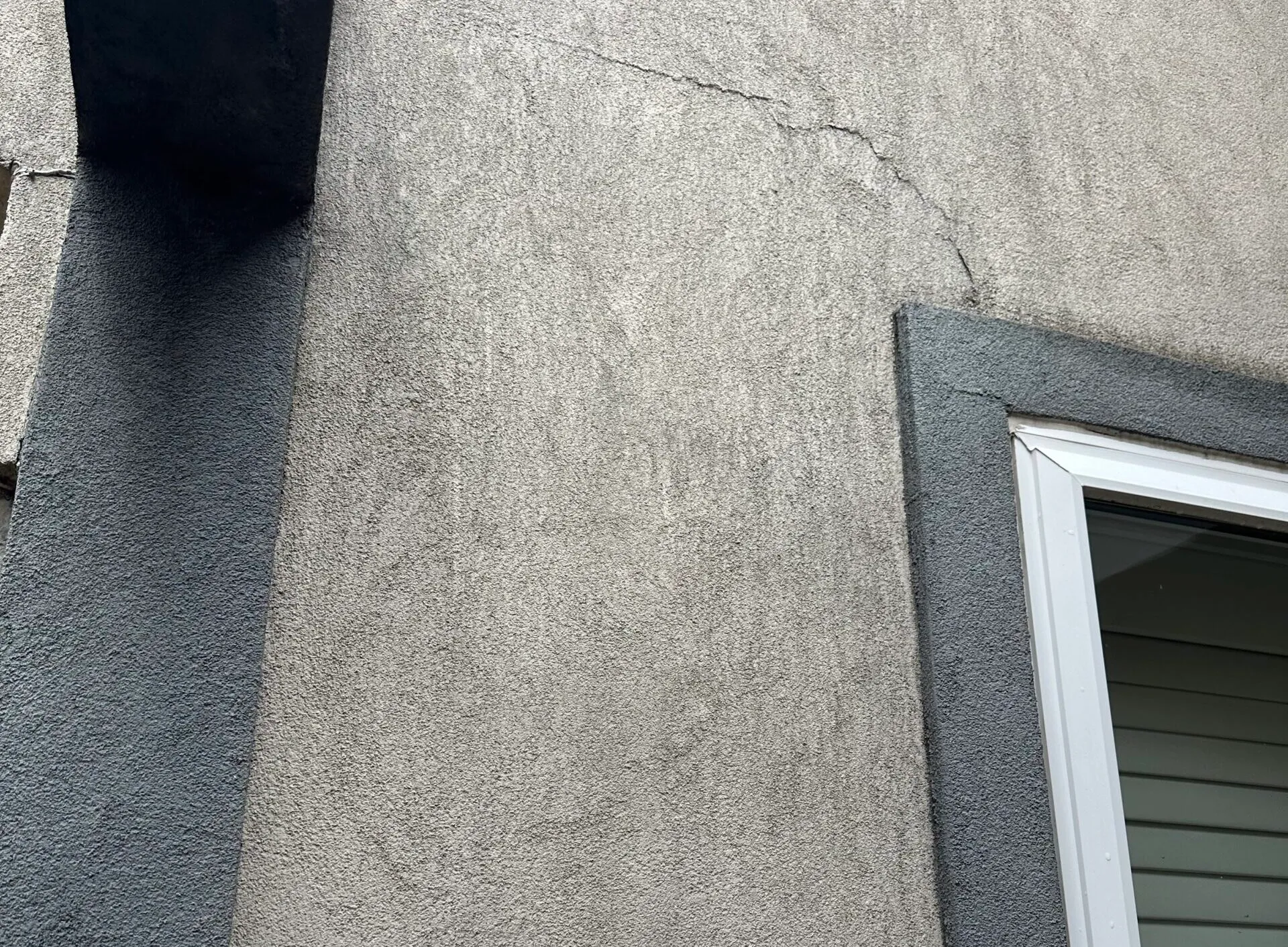Texas heat, it’s no joke. Summers here sizzle, often hitting over 100 degrees and hanging around until October. We rely on our ACs to beat the heat, but what about our homes’ foundations?
With slab foundations being the norm for most modern Texas homes, the heat becomes a concern. When those temperatures soar, our soil takes a beating, especially around those concrete slabs. Here’s the issue: soil shrinkage. Once the weather hits 100 degrees, the lack of rain dries it out, causing it to pull away from the foundation. And that’s when you might start seeing cracks in your concrete, thanks to all that stress and lack of moisture.
Yes – Drought Can Affect Your Foundation
When most homeowners think of foundation repairs and problems that lead to them, water damage is usually the first thing that comes to mind. However, long periods of drought and extreme heat can also cause significant damage to your foundation if not addressed promptly.
Imagine your foundation is like a big concrete sponge. Normally, that sponge holds onto some moisture, keeping the soil around it happy and stable. But when the heat really cranks up in the summer, it sucks all the moisture out of both the foundation and the soil, which can damage your home’s base.
This year alone, our foundation repair specialists have seen an increase in foundation problems due to extreme heat, with calls for help increasing between 25% and 30% over previous seasons.
The Impact of Extreme Heat and Drought on your Foundation
So far we’ve discovered that extreme heat can cause the soil to contract. But how does this affect your foundation? Well, the primary issues are foundation sinking and shifting. In the DFW area, we’ve seen some foundations sink (or settle) up to 2 inches due to long periods of drought! (In most cases, foundation settling within an inch can be expected and is normal for most houses).
During periods of drought, the soil loses moisture rapidly. Without adequate moisture, the soil contracts and shrinks. As it pulls away from the foundation, it creates empty spaces, leaving the foundation unsupported.
This phenomenon weakens the foundation’s integrity and can lead to settling or sinking. As the soil shrinks, it creates gaps that allow the foundation to shift, resulting in cracks and structural damage.
Knowing about these dangers is key to keeping your home safe from the harm caused by drought and extreme heat. Now, let’s check out some warning signs to watch out for and learn some practical tips to maintain your foundation and keep it secure.
Signs Your Home’s Foundation is Suffering Due to Drought Conditions
If you live in an area that’s been experiencing drought for a while, here are some key signs you need to fix your home’s foundation before it’s too late.
Cracks Everywhere
One of the most obvious signs of foundation trouble is cracks. Keep an eye out for cracks in your walls, floors, and especially around doors and windows. These can start small but quickly escalate if left unchecked.
Doors and Windows Acting Up
Speaking of doors and windows, if you notice them sticking or not closing properly, it could be a sign of foundation movement. As the foundation shifts, it can throw everything else out of alignment, making doors and windows harder to operate.
Sloping Floors
Take a stroll around your home and pay attention to the floors. If you notice any areas where the floor slopes, feels uneven, or is beginning to warp, it could indicate foundation issues. If you have tile floors, you may notice that the grout is cracking or the tiles are becoming loose. This unevenness often happens as your foundation settles or shifts.
Bowed Walls
Bowed walls are caused by the uneven weight distribution on the foundation. As the foundation sinks due to the combination of soil shrinkage and the weight of the house, the pressure on the walls increases, leading to bowing. If not addressed right away, this can lead to major damages.
Chimney and Porches Start Leaning Away From the Home
As the foundation begins to settle and shift, your chimney or porch may start to lean away from the house. This is because their weights are no longer evenly distributed on the foundation. As the foundation settles, one side may bear more weight than the other, causing it to lean or tilt.
Prevention and Maintenance
Now that we’ve covered how to spot potential trouble with your foundation, let’s talk about what you can do to prevent issues from cropping up in the first place to avoid costly repairs down the line. Remember, a little maintenance now can save you a lot of headaches later on!
Keep the Soil Happy
Make sure the soil around your foundation stays moist. During dry spells, give it a good watering to stop it from drying out and pulling away from your home. Using a soaker hose or drip irrigation system can help keep things consistently moist without going overboard.
Mind Your Drainage
Poor drainage is a big no-no for your foundation. Keep those gutters and downspouts clean and working well. They should be directing water away from your home to prevent puddles and soil erosion.
Monitor Your Trees
Believe it or not, trees can mess with your foundation if their roots start creeping towards your home. Keep an eye on any trees nearby and make sure their roots aren’t causing trouble. If they are, consider getting the tree trimmed or taken out by a pro.
Invest in Proper Grading
Check the slope of the soil around your foundation (also called grading). It should be sloping away from your home to help water drain properly. If you notice any spots where the soil slopes towards your home, regrade the slope of the soil to steer water away.
Regular Inspections
Last but not least, regular check-ups are key to catching foundation issues early. Make it a habit to inspect your foundation, both inside and outside, at least once a year. Look for any signs of damage or movement and tackle them early to prevent bigger problems down the road.
Keep the Effects of Drought at Bay with Pinnacle Foundation Repair
If you live in an area prone to drought, it’s essential to be aware of its effects on your home’s foundation. The good news is that foundation problems caused by drought are often treatable, especially if caught early.
Here at Pinnacle Foundation Repair, we’ve seen it all and have the expertise to diagnose and fix foundation issues caused by dry spells. Don’t wait for cracks to appear – take control of the situation with a FREE inspection from Pinnacle. We’ll assess your foundation’s health and recommend the best course of action to keep your home safe and sound, even during the driest times.
If you believe the latest heat waves across Texas have adversely affected your home’s foundation, schedule your free inspection today!

